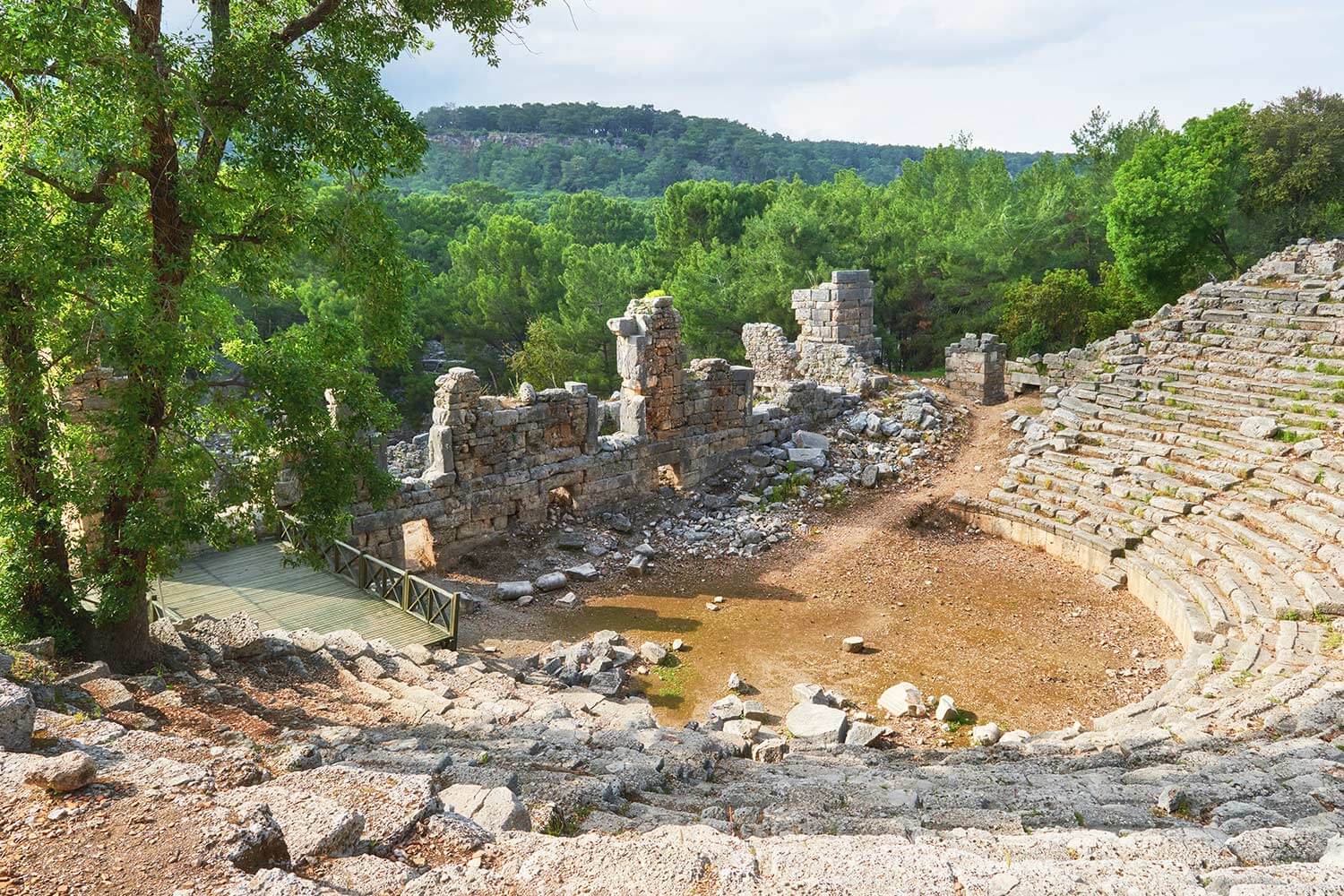Here are some of the best restaurants in the Gallipoli Peninsula:
Eceabat Koftecisi: Located in the town of Eceabat, this restaurant is known for its kofte (meatballs) made from high-quality ingredients. It offers a casual dining experience and serves traditional Turkish dishes alongside kofte specialties.
Kuleli Kofteci: Situated in Canakkale, near the Gallipoli Peninsula, Kuleli Kofteci is a popular restaurant that specializes in köfte. They serve a variety of kofte options, including lamb, beef, and chicken, accompanied by traditional Turkish sides and salads.
Cinaralti Balık Restaurant: Located in Kilitbahir, Cinaralti Balık Restaurant offers a picturesque setting by the sea. It is known for its fresh seafood dishes, including grilled fish, mezes, and traditional Turkish appetizers.
Sedir Kebap: Situated in Eceabat, Sedir Kebap is a family-run restaurant that serves delicious kebabs and Turkish dishes. The restaurant is known for its flavorful meat preparations, warm hospitality, and cozy atmosphere.
Armada Restaurant: Located in Eceabat, Armada Restaurant offers a combination of Turkish and international cuisine. It provides a variety of dishes, including seafood, meat, and vegetarian options, all served in a relaxed setting with views of the Dardanelles.
Akol Restaurant: Akol Restaurant, situated in Gelibolu, offers a blend of traditional Turkish and international cuisine. It features a pleasant ambiance and a menu with a wide range of dishes, including seafood, grilled meats, and vegetarian options.
Kanlidivane Restaurant: Located near the ancient city of Troy, Kanlidivane Restaurant is known for its traditional Turkish cuisine. It offers a selection of regional specialties and classic Turkish dishes in a charming setting.
Sahil Pide: Sahil Pide, located in Eceabat, is a popular choice for traditional Turkish pide (Turkish-style pizza). They serve a variety of pide options, including cheese, meat, and vegetable toppings, all freshly baked and flavorful.









